Congo Red Certified CAS: 573-58-0 | MF: C32H22N6O6S2•2Na | MW: 696.7, Buy now Histological Stains & Dyes for Histology, Cytology, Microbiology, Hematology & Biology Lab from TriStains. All Tristains products are exclusively distributed by Dawn Scientific Inc.
Congo Red Certified is a synthetic diazo dye that appears as red-orange crystals. Congo red Certified is the secondary diazo dye. Congo red is water-soluble, yielding a red colloidal solution; its solubility is better in organic solvents such as ethanol. The chemical formula of Congo red certified is C32H22N6Na2O6S2. The other names of it are Congo Red 4B, Cosmos Red, Cotton Red B, Cotton Red C, Direct Red 28, Direct Red R and Direct Red Y. It is an anionic metachromatic dye. It is good contrast stain or counterstain. Congo red Certified is specific stain for amyloids in pathology. Also, a pH indicator; transition interval: pH 3.0 (blue) to 5.0 (red). Congo red is a benzidine-based anionic diazo dye. Congo red Certified is certified for use as a counterstain for alum based hematoxylin and in the Highman or the Churukian modification of Puchtler′s amyloid stain. It is often used as a stain in histology and microbiology.
TriStains provides a marketplace for histology and biological stains, which is comprehensive enough to encompass the peculiar requirements of laboratories specializing in Histology, Cytology, Microbiology, and Hematology. With a reputation for exceeding quality expectations, TriStains performance is outstanding which allows for resolution of cell and tissue components fundamental to life sciences to be clearly visualized. Each product under TriStains series is validated for accuracy, reliability and consistency. TriStains, which manufactures and markets stains and indicators in various packing, offers laboratories turn key solutions for all their staining and indicator needs, improving accuracy in every experiment.
Application :
- Congo red certified used to stain microscopic preparates, especially as a cytoplasm and erythrocyte stain.
- It has been used for the staining of β amyloid peptides.
- It is a histological dye which binds to many amyloid proteins and is used for the quantification of amyloid β-peptide aggregation.
- It also interacts with β-D-glucans, polysaccharides containing continuous β-(1→4)-linked D-glucopyranosyl units and some hemicellulosic galactoglucomannans.
Benefits :
- Certified by the Biological Stain Commission
- Gives reliable and accurate results
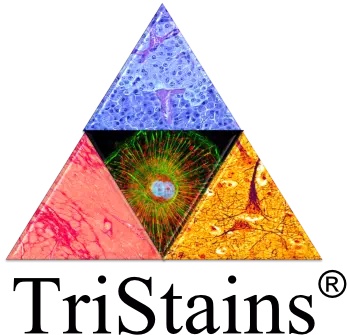

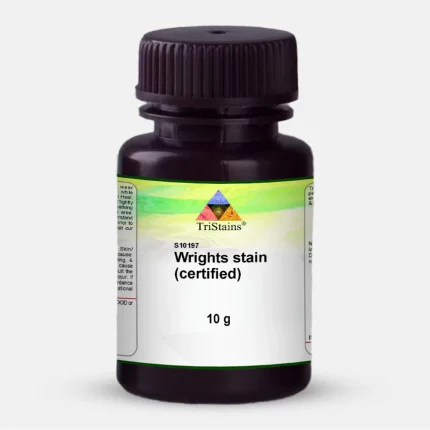


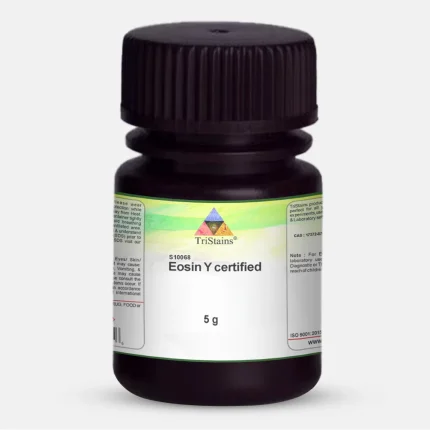
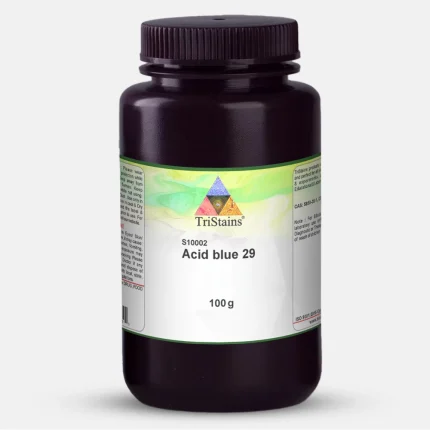

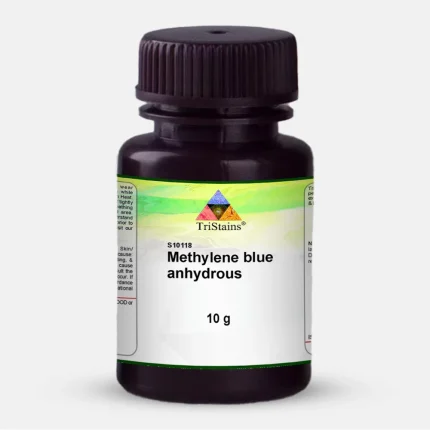
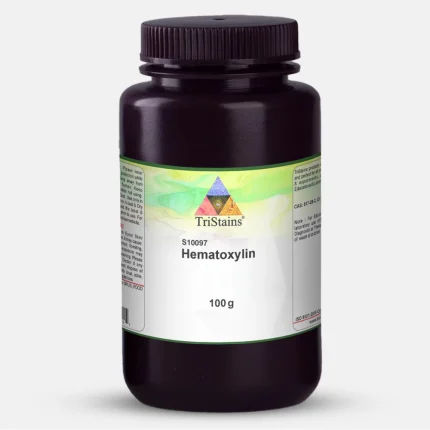



Reviews
There are no reviews yet.